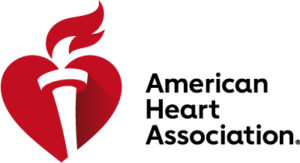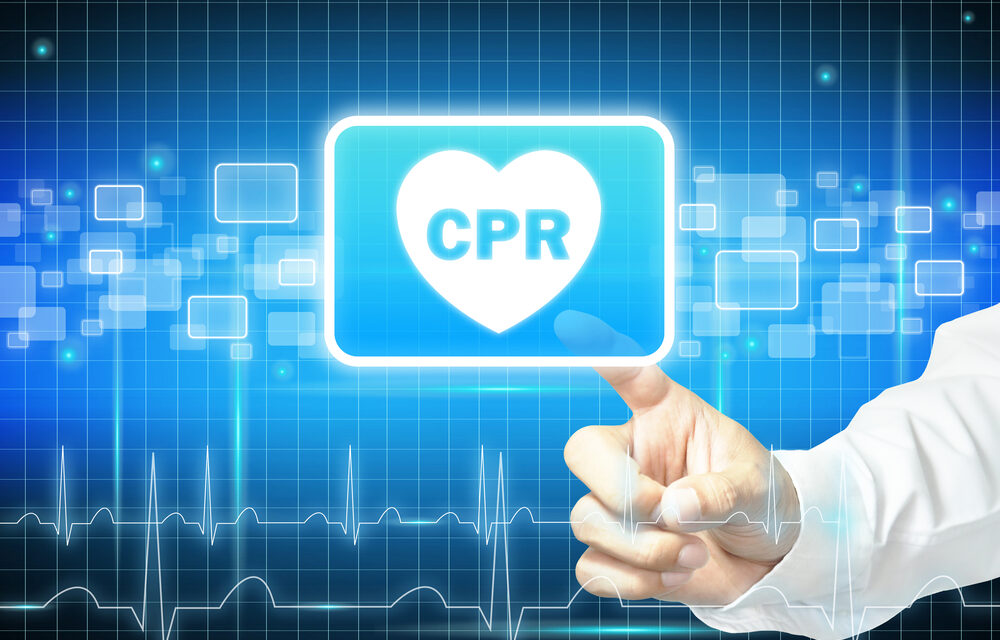Information from the American Red Cross and the Importance of CPR

Buffalo Bill’s player Damar Hamlin is hospitalized after collapsing on the field during the game. Moments after the 24-year-old collided with another player and collapsed on the field, staff rushed in and started CPR before the ambulance arrived.
While we don’t know the specific cause of the collapse, we do have information about cardiac arrest, Commotio Cordis and CPR.
What is cardiac arrest?
- Cardiac arrest is caused when the heart’s electrical system malfunctions. The heart stops beating properly. The heart’s pumping function is “arrested,” or stopped. In cardiac arrest, death can result quickly if proper steps aren’t taken immediately. Cardiac arrest may be reversed if CPR is performed and a defibrillator shocks the heart and restores a normal heart rhythm within a few minutes.
- It can come on suddenly or in the wake of other symptoms. Cardiac arrest is often fatal if appropriate steps aren’t taken immediately. More than 350,000 cardiac arrests occur outside a hospital in the U.S. each year.
What are the causes of cardiac arrest?
- Cardiac arrest may be caused by almost any known heart condition.
- Most cardiac arrests occur when a diseased heart’s electrical system malfunctions. This malfunction causes an abnormal heart rhythm such as ventricular tachycardia or ventricular fibrillation. Some cardiac arrests are also caused by extreme slowing of the heart’s rhythm (bradycardia).
- Irregular heartbeats such as these are life-threatening.
- When a person has a cardiac arrest, survival depends on immediately receiving CPR from someone nearby. According to the American Heart Association, about 90 percent of people who suffer out-of-hospital cardiac arrests die. CPR, especially if performed immediately, can double or triple a cardiac arrest victim’s chance of survival. Yet, bystanders only perform CPR 46% of the time.
- While medical staff on-site rushed to Hamilin on the field, for the general public the two steps of Hands-Only CPR are to call 911 and push hard and fast in the center of the chest. Use a familiar song to help you keep up the pace of 100-120 beats per minute. Watch our Hands-Only CPR instructional video.
Is a heart attack the same as a cardiac arrest?
- No. “Heart attack” is often mistakenly used to describe cardiac arrest. While a heart attack may cause cardiac arrest, the two aren’t the same.
Download our Cardiac Arrest vs. Heart Attack infographic.
Another emergency where CPR and or AEDs might be used is Commotio Cordis or the lethal disruption of heart rhythm that occurs as a result of a blow to the area directly over the heart at a critical time during the cycle of a heartbeat. While rare, this is a condition that could affect anyone playing a contact sport. Commotio Cordis occurs mostly in boys and young men (average age 15), usually during sports, often despite a chest protector. Being less developed, the thorax of an adolescent is likely more prone to this injury given the circumstances.
Automated external defibrillators have helped increase the survival rate to 35%.[1] Defibrillation must be started as soon as possible (within 3 minutes) for maximal benefit. Commotio Cordis is the leading cause of fatalities in youth baseball in the US, with two to three deaths yearly.[10] It has been recommended that “communities and school districts reexamine the need for accessible automatic defibrillators and cardiopulmonary resuscitation-trained coaches at organized sporting events for children.”
Source: Commotio Cordis: a scientific statement from the American Heart Association and American College of Cardiology. Circulation. https://www.ahajournals.org/doi/10.1161/CIR.0000000000000249
Additional resources:












